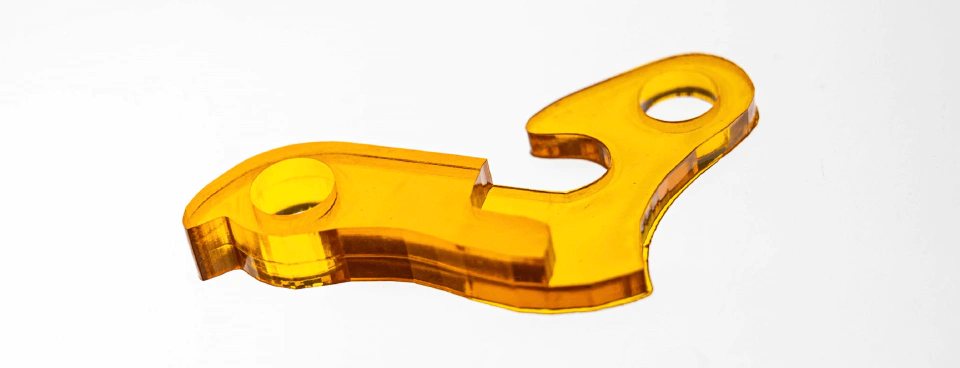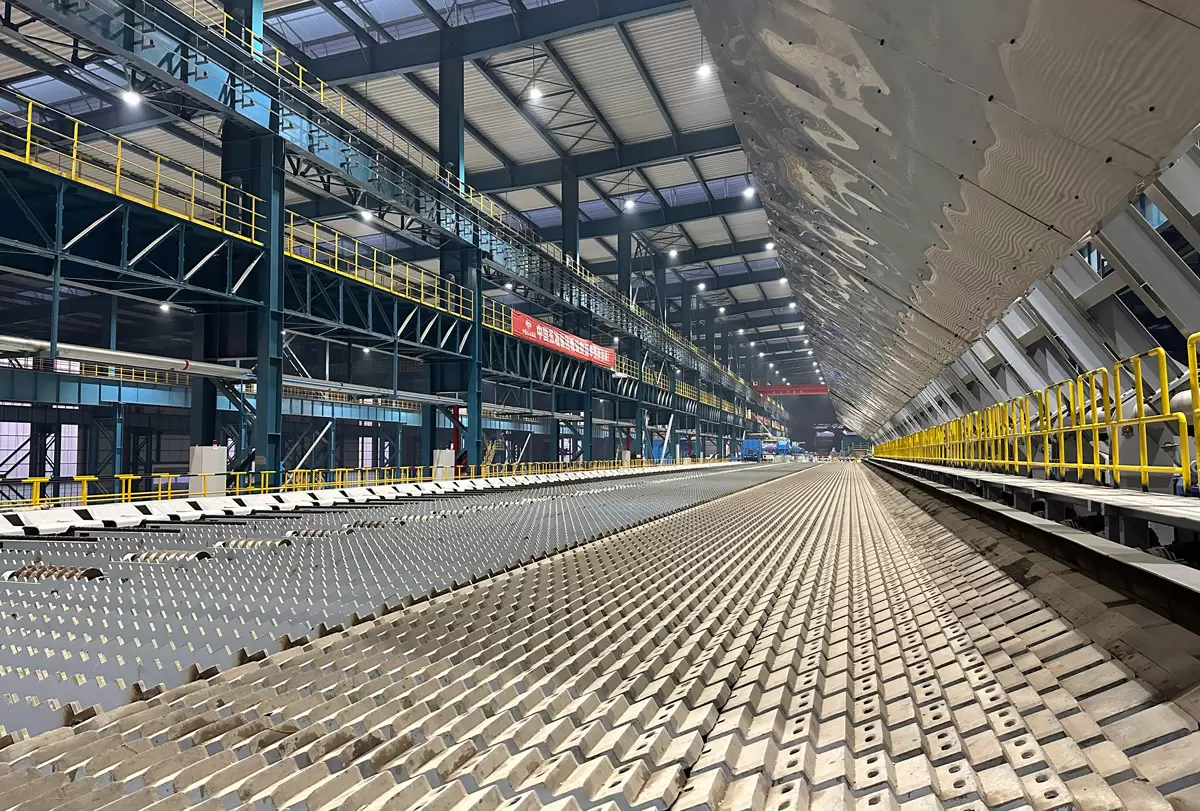
In today's consumer-driven world, plastic bags have become an integral part of our daily lives. From grocery shopping to packaging, these versatile bags are widely used across various industries. However, have you ever wondered about the printing methods employed to add logos, designs, or information on these plastic bags? In this blog post, we will delve into the world of printing methods for plastic bags, exploring the most effective and efficient techniques that ensure high-quality results.
- Flexographic Printing:
Flexographic printing stands out as the most commonly used method for printing on plastic bags. This technique involves the use of flexible relief plates made from rubber or photopolymer materials. The plates are mounted on a rotating cylinder, which transfers ink onto the plastic surface. Flexographic printing offers excellent versatility, allowing for various ink types, including water-based, solvent-based, and UV-curable inks. Its ability to print large quantities at high speeds makes it ideal for mass production. - Gravure Printing:
Gravure printing, also known as rotogravure, is another popular method employed for printing on plastic bags. This technique utilizes engraved cylinders that are partially immersed in ink. The excess ink is then wiped off, leaving ink only in the engraved areas. The cylinder then transfers the ink onto the plastic surface. Gravure printing offers exceptional image quality, sharpness, and color consistency. It is particularly suitable for high-volume production and intricate designs, making it a preferred choice for luxury plastic bags. - Digital Printing:
With advancements in technology, digital printing has emerged as a viable option for printing on plastic bags. This method involves directly transferring the desired image onto the plastic surface using inkjet or laser printers. Digital printing offers unparalleled flexibility, allowing for customization and quick turnaround times. It eliminates the need for costly setup processes, making it ideal for small to medium print runs. However, it is worth noting that digital printing may not always match the durability and color vibrancy achieved through flexographic or gravure printing. - Screen Printing:
While less commonly used for plastic bags, screen printing remains a viable option for certain applications. This technique involves forcing ink through a fine mesh screen onto the plastic surface. Screen printing offers excellent ink opacity and the ability to print on various bag sizes and shapes. It is often employed for promotional or limited-edition plastic bags, where vibrant colors and intricate designs are desired.
Conclusion:
In conclusion, the choice of printing method for plastic bags depends on various factors, including the desired print quality, production volume, customization requirements, and budget constraints. Flexographic printing and gravure printing are the go-to options for large-scale production, offering high-quality results and cost-effectiveness. Digital printing provides flexibility and customization for smaller print runs, while screen printing caters to specific design needs. By understanding the strengths and limitations of each printing method, businesses can make informed decisions to ensure their plastic bags effectively convey their brand message while meeting customer expectations.



